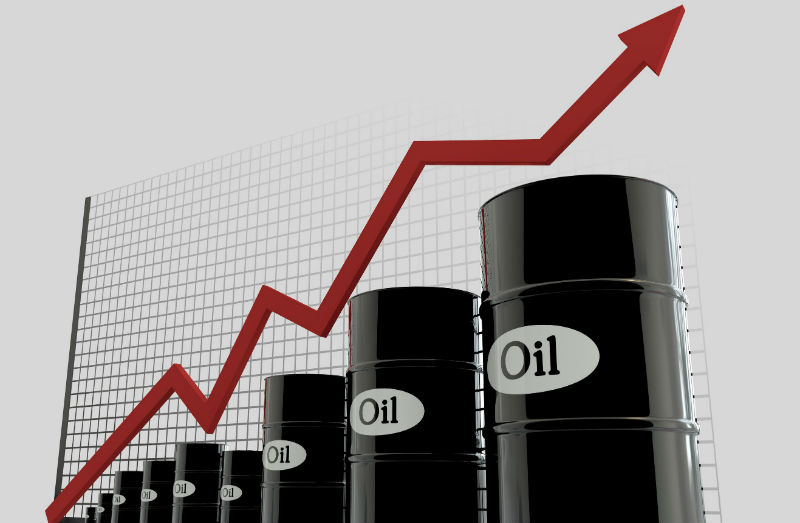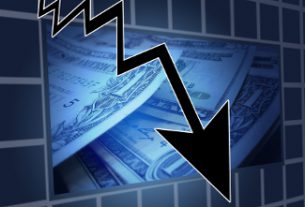If you’ve noticed prices at the pump rising over the past few weeks, you’re not alone. Gas prices have recovered from their normal post-Labor Day slump and are now higher than they were just a few weeks ago, and anywhere from 8 to 32 cents more per gallon than they were a year ago. High oil prices are to blame, as oil is now reaching price levels that haven’t been seen since 2015. And with continued unrest in the Middle East, those prices could continue to rise.
Part of the reason for the rise in oil price could be OPEC’s continued oil production cuts. In coordination with Russia and other non-OPEC oil producers, the oil cartel agreed late last year to continue cuts in oil production until the end of 2018. While the production cuts had previously seemed not to have much effect, it’s possible that they are just now starting to bite, perhaps spurred by reduced shipments from Venezuela, which is experiencing political and economic turbulence.
Events in Saudi Arabia and Iran could also be spurring fears of disruption in oil markets, accounting for the large spike in prices today. Saudi Arabia’s political situation still appears in flux after the corruption crackdown within the kingdom, while upheaval in Iran could affect a broad swath of the Middle East, given Iran’s involvement in Lebanon, Yemen, and Syria. Any time the Middle East sees a chance of renewed conflict, oil prices rise.
The recent rise in prices could also spur producers in the United States to restart their production of shale oil, which had been depressed due to low oil prices over the past few years. As prices continue to rise, more and more marginal deposits will begin to be tapped, which could result in some price relief. But with a cold winter hitting the East Coast and the Northeast United States, and with oil stockpiles tens of billions of barrels lower now than at this point last year, there’s still the prospect that oil prices will continue to rise even with increased production.
And while oil and gold have moved out of their traditional correlation in the years since the financial crisis, this just may be the year that the correlation returns. Especially if oil’s price rise is driven by geopolitical conflict or fears of an economic collapse, don’t be surprised to see gold’s price rising right alongside oil.
This article was originally posted on Goldco.




